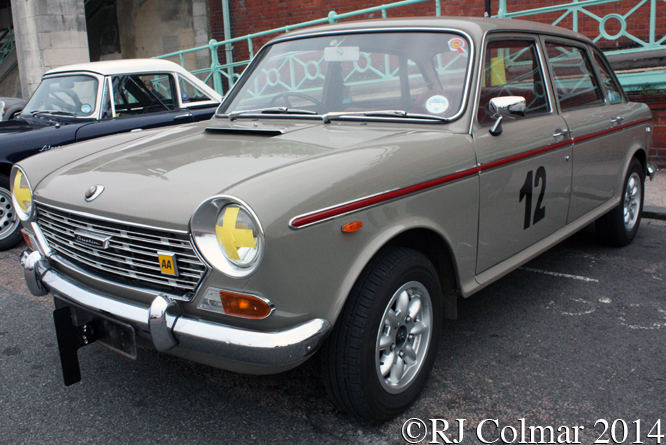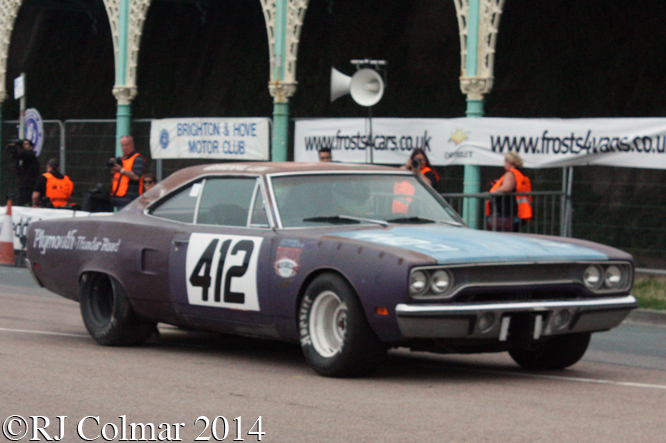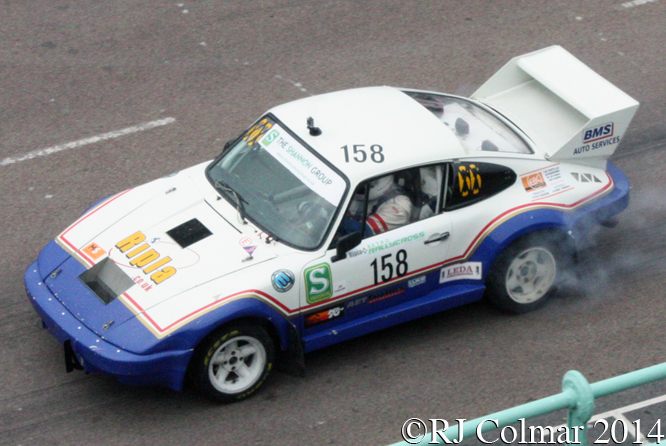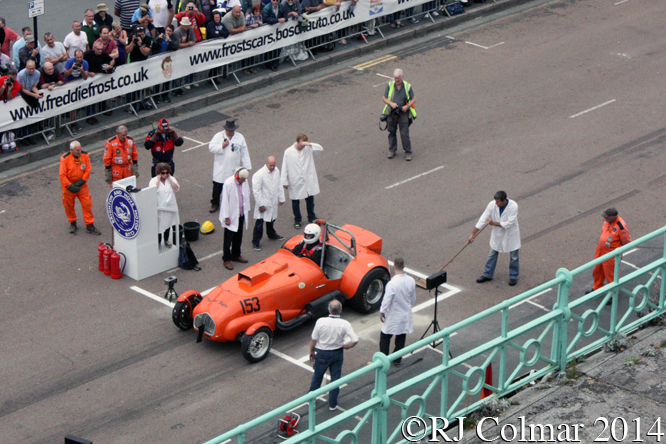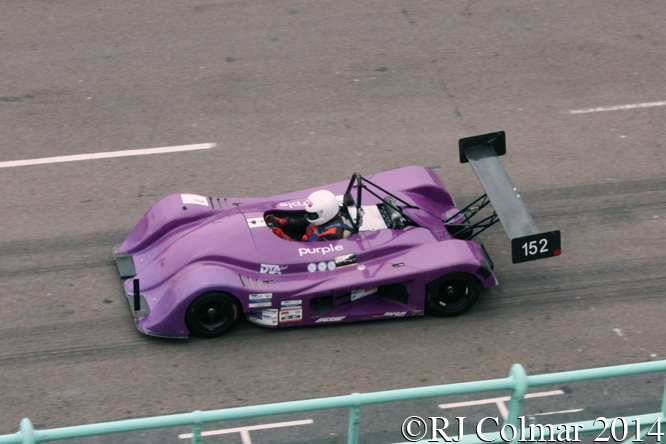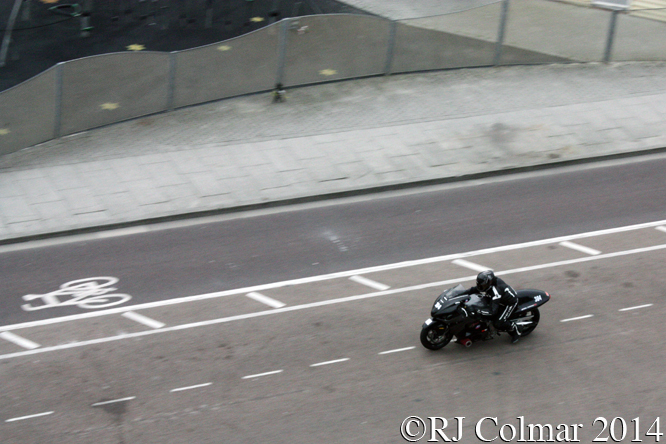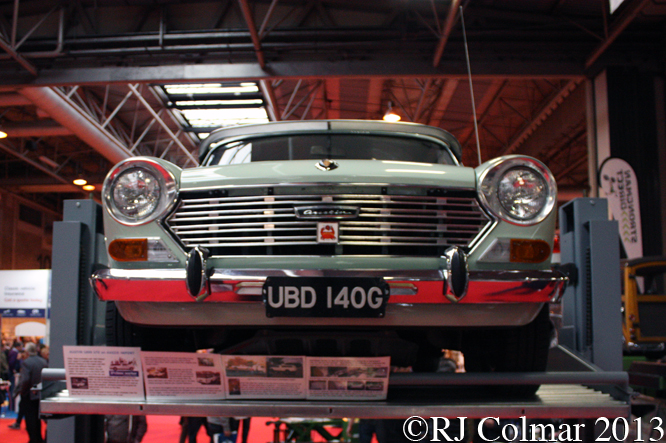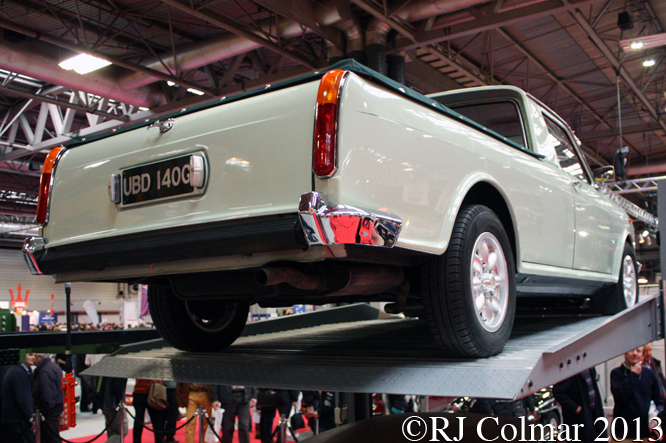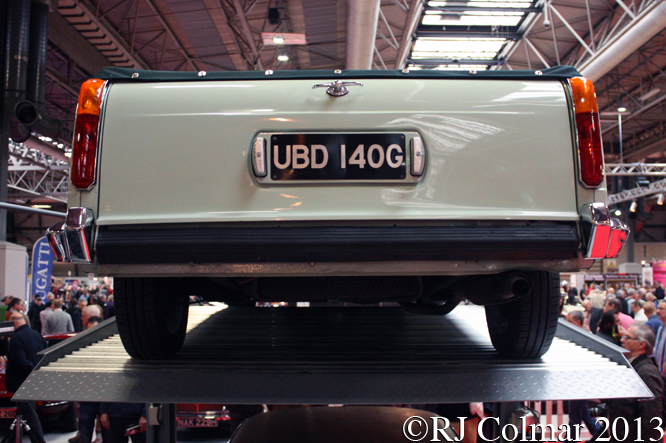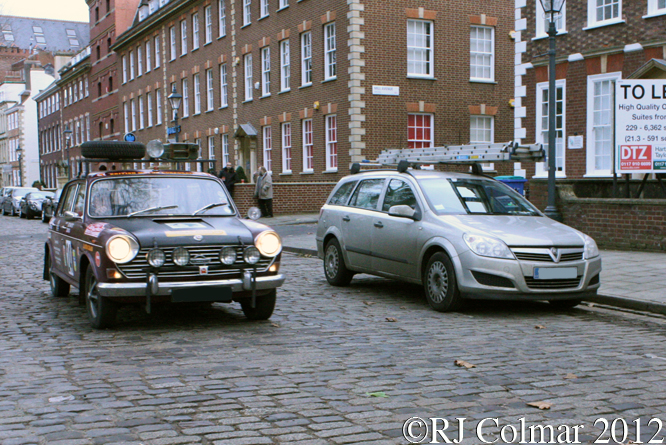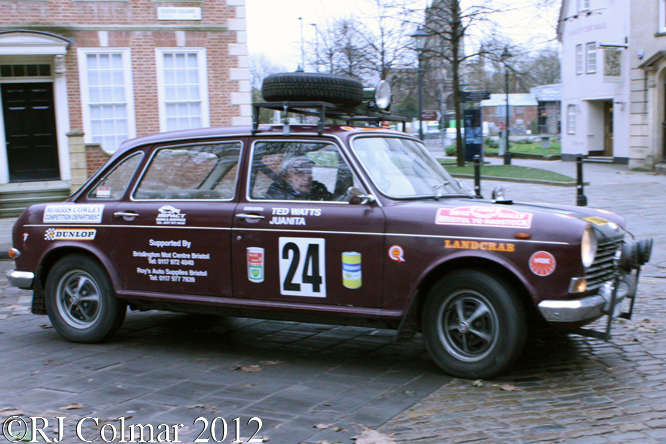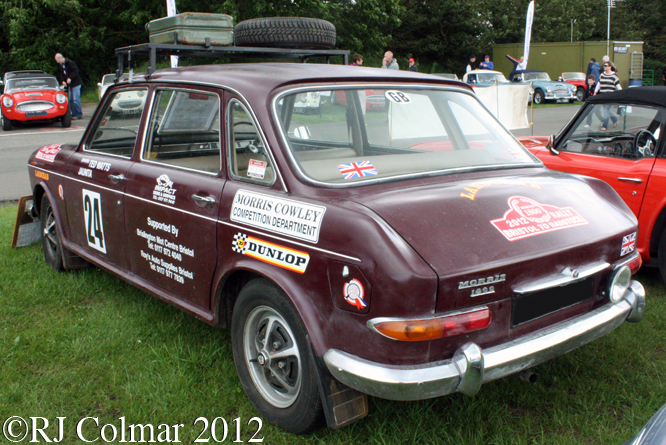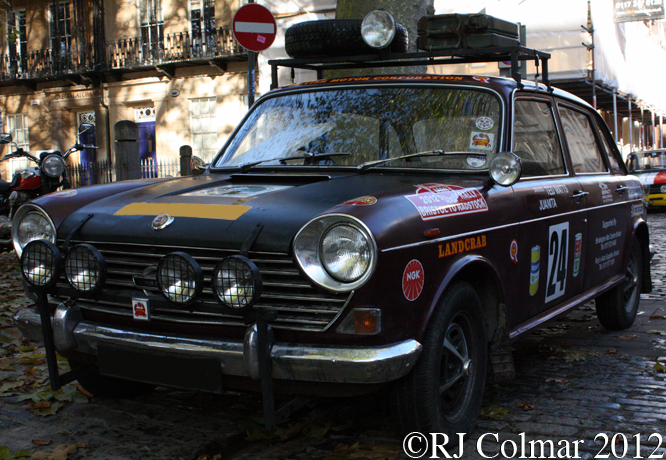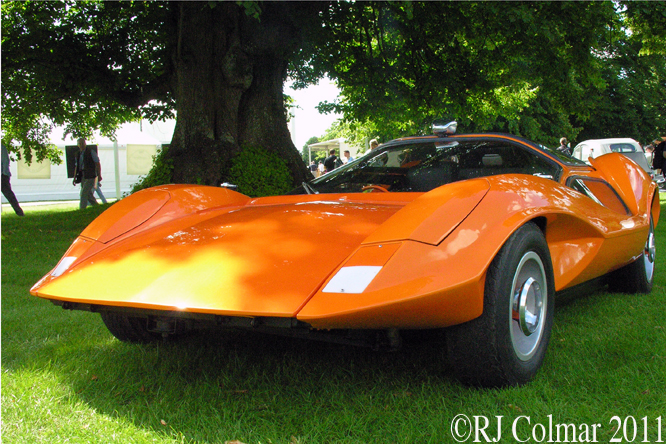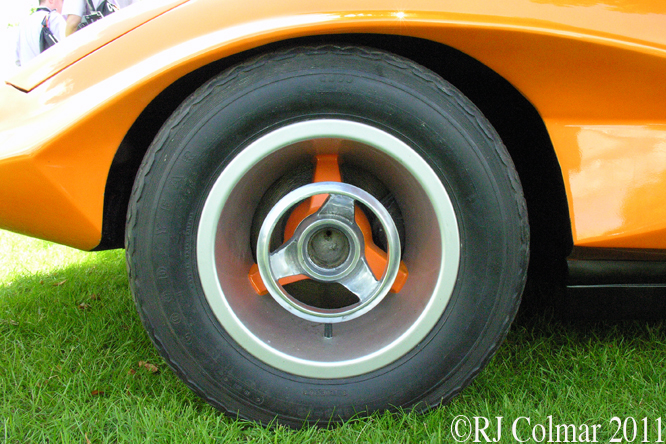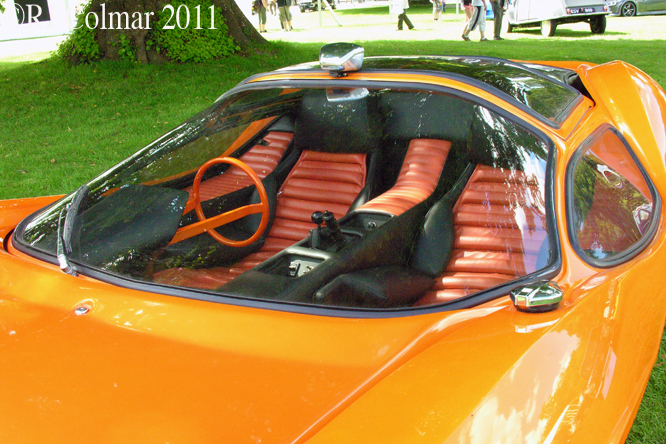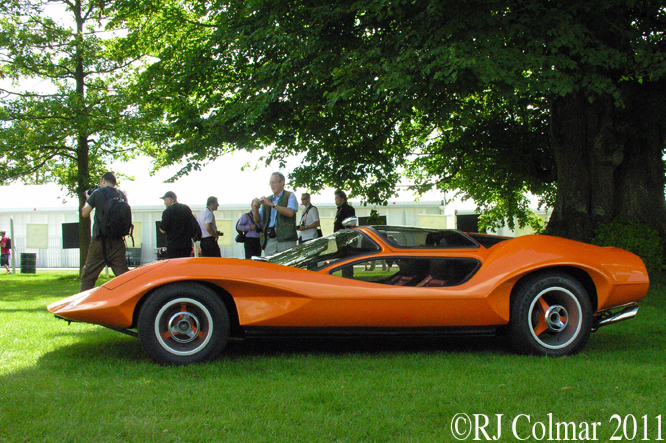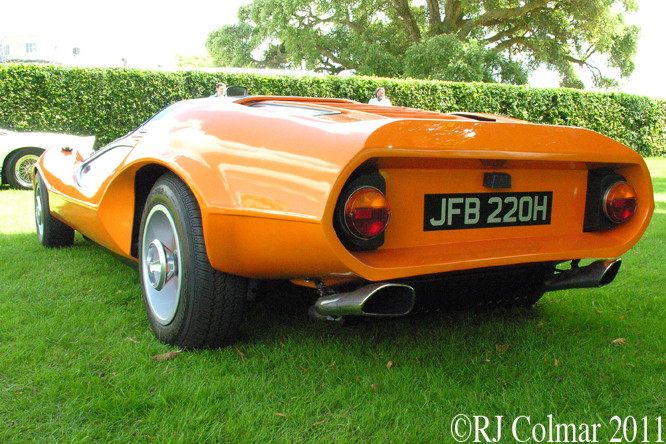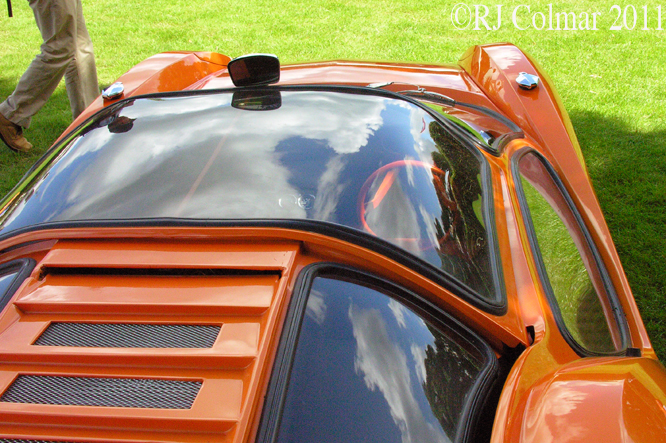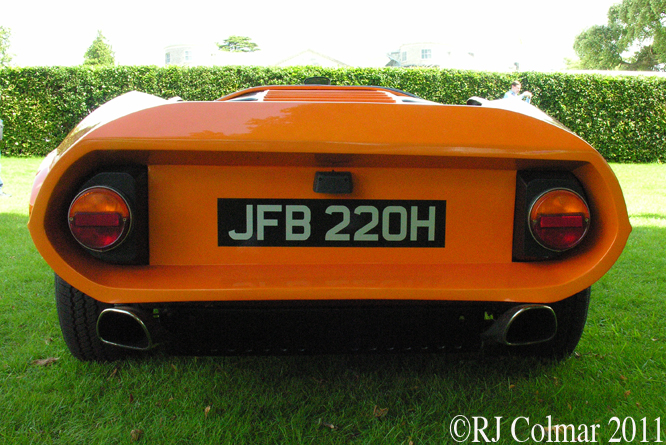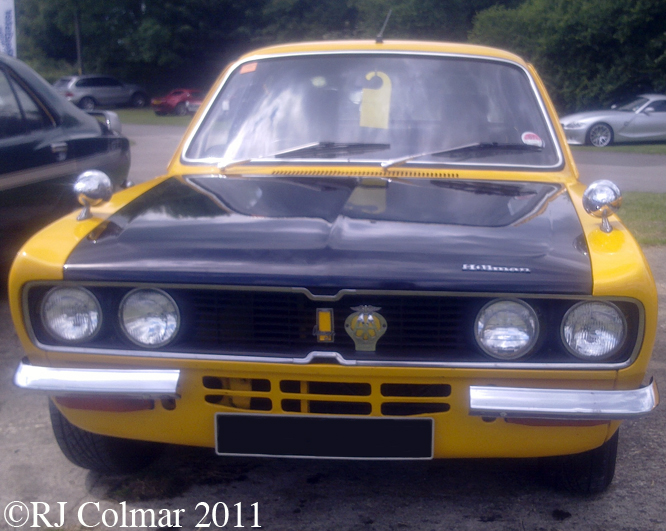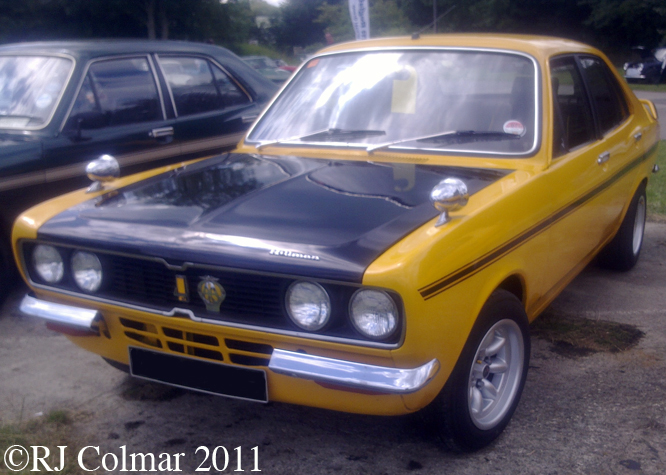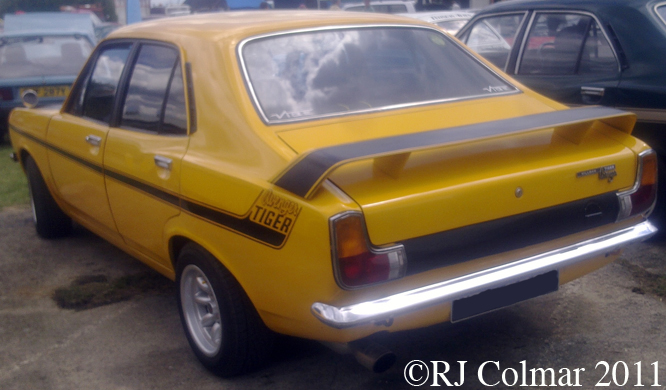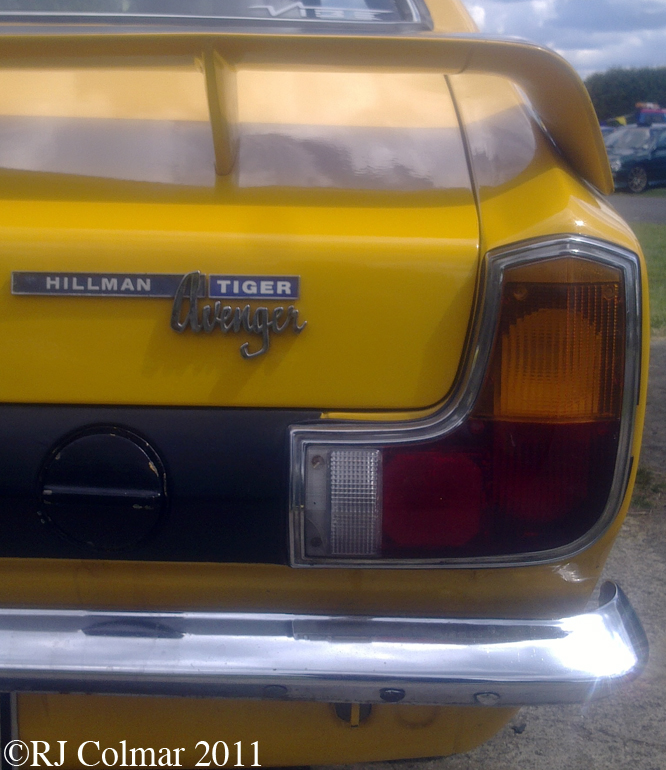To create the sensation of the 1964 Racing Car Show, Marcos kept faith with the marine ply chassis construction method espoused by former de Haviland aero engineer Frank Costin, glueing no fewer than 386 pieces of marine ply together which were then bonded to a glass fiber body to end up with a strong and above all light monocoque chassis.
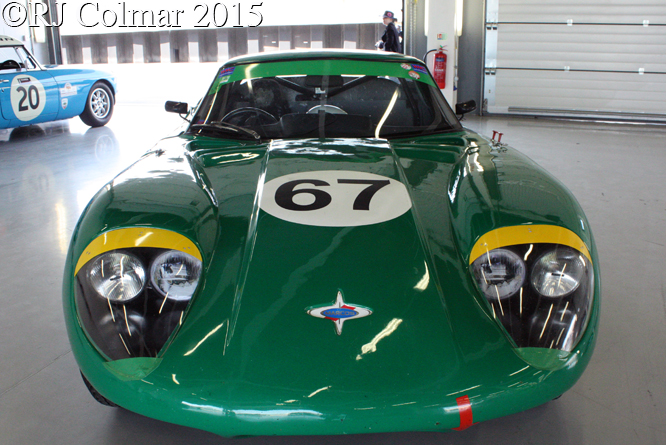
Marcos turned to Volvo for a supply of cast iron block B18 engines, more commonly found in the Volvo’s P1800 Coupé, with either four speed or five speed manual gearboxes fitted.
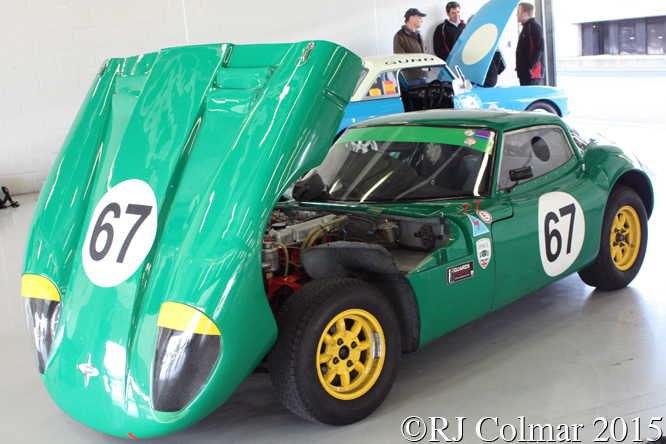
At the rear the first 33 1800 GT’s were fitted de Dion suspension, which was dropped in favour of a cheaper Ford live axle for the remaining 73 1800 GT’s that were built up until 1966.
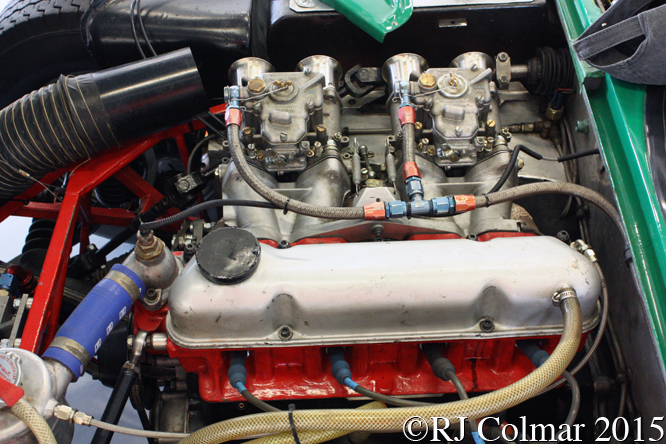
The scintillating glass fibre body was the work of the Adams brothers Denis and Peter, featuring a forward hinging front to ease access to the engine.

With 96hp the 1800 GT could accelerate from rest to 60 mph in 8.2 seconds and on to a top speed of 116 mph, however a works entry for Jem Marsh, John Quick and Peter Taggart at Le Mans in 1968 with a slightly larger B20 motor still failed to qualify.
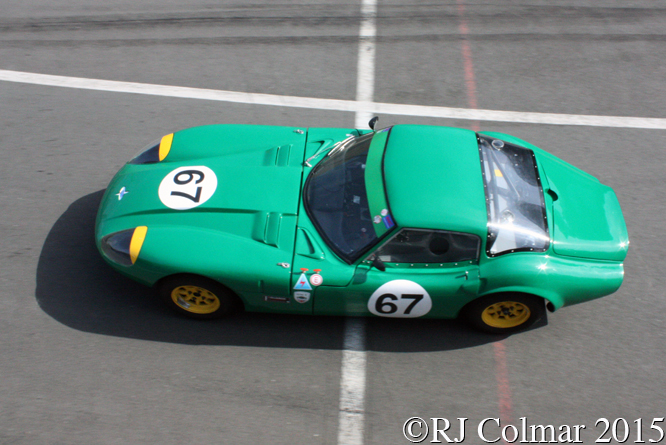
Despite it’s enthusiastic reception the car proved to be an expensive slow seller, it was not very profitable even after the live axle, which helped drop the price from £1500 to £1340, was adopted.
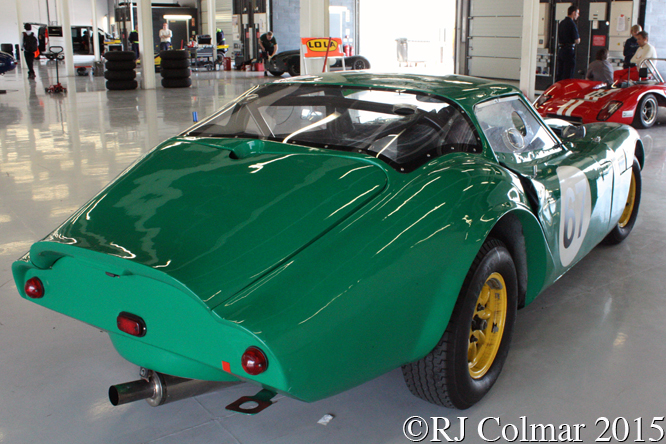
In 1966 the 1800 GT gave way to Ford and Triumph powered models, but today the 1800 GT, such as the example raced by Andrew and Tom Smith seen in these pictures at the recent Silverstone Classic Press Day, is a more highly prized vehicle because it is the last Adams bodied Marcos legible to be driven in Historic Sports Car Club (HSCC) events.
Thanks for joining me on this “Cast Iron, Glassfibre And Marine Ply” edition of “Gettin’ a li’l psycho on tyres” I hope you will join me again tomorrow when I’ll be looking at a convertible Citroën. Don’t forget to come back now !


